The industry's shift towards a large vertical model is likely to be rejected in the next six years, the managing director of life insurance company TAL said yesterday.
Jim Minto made the prediction as part of a panel session on 'the biggest challenges and opportunities facing the life industry' at the 2012 Financial Services Council conference.
Responding to questions about the state of Australia's financial advisory sector and the impact the government's Future of Financial Advice (FOFA) reforms have had on the privately-owned sector, Minto said it really was a case of the industry heading "back to the future".
"The big vertical model that we're creating will be rejected as it has been in the past but it will take another half a dozen years for that realisation to hit home," he said.
"But I do support scaled advice. I do think these changes are right for the time. Independent dealers have generally gone broke, they can't run their businesses it's more and more expensive."
Onepath acting managing director Gavin Pearce believes the reforms, long-term, will provide a great opportunity for the industry, however acknowledges the transition advisers and insurers need to make is difficult.
"We've been in a world where we've been able to sort of sell with no advice or sort of sell with full advice which in many cases is a lot more than a lot of customers need or can afford," Pearce said.
"So I think when we move to a world where you can have limited scope advice and full advice and no advice without running the risk of a whole lot of legal action I think that ultimately helps us.
"The transition is hard because we have a distribution channel out there that needs to evolve their models and we need to support them through that evolution."
He said key to supporting the distribution channel is being able to deliver choice.
"If you look at the advisers that we deal with, some of them are moving their whole practice to fee-for-service which means we need to be able to deliver fee-for-service. Some of them will mix it up and we need to be able to support that," he said.
"I think for a period we're going to have to be able to support multiple models to support the channel that's taking our products to the market."
The panelists said another challenge for the life insurance industry is the low level of consumer confidence.
Asked how the industry can overcome it's apparent struggles with demonstrating the value of products to consumers, Minto said insurers needed to change from a technical focus to a consumer focus.
He said the drop in sector engagement with consumers has been driven by marketers who have filled the gap through direct insurance.
"The growth of direct hasn't been driven by life insurance companies it's been driven by marketing companies, so that really illustrates that life insurers have not really been truly customer focused but rather have focused on a technical side," he said.
"The big strategic question out of that is are we happy to sit at the back end of the value chain and be that forever, or are we going to come out and be more [customer focused].
"We have to demonstrate and gain the confidence of people in this very poorly understood industry and become customer focused."
AIA Australia chief executive Peter Crewe said the "end game" for insurers is having the ability to look at customer analytics, demography of customers and examine how they are going to engage the consumer with the right products and the right value proposition.
"It's companies that have the ability to do that in terms of having validity in the way they position their value proposition are the organisations that are going to survive and thrive in this new environment," he said.





